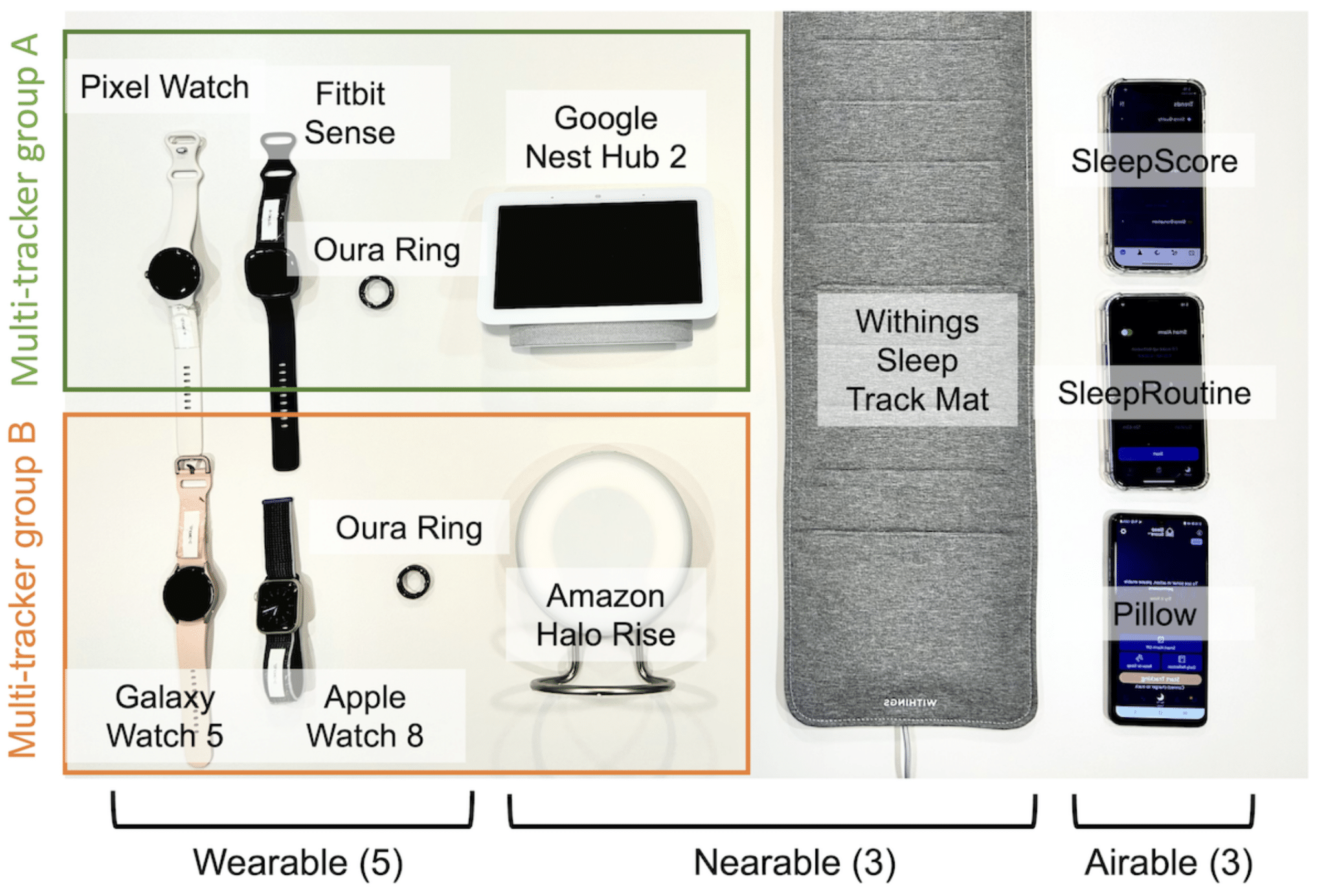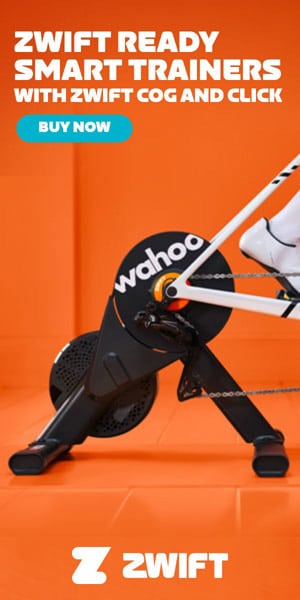Sleep has become the new frontier of performance, recovery, and overall health — and wearables have rushed in to promise deeper insight than ever. From rings and watches to bedside sensors and smartphone apps, today’s consumer sleep tech claims to track everything from total sleep time to REM cycles with near-clinical precision. But how accurate are these devices really? As sleep gains prominence among athletes and everyday users alike, it’s worth asking whether the data we’re basing our habits on is trustworthy. A 2023 multicenter study offers one of the most comprehensive looks yet at how 11 popular sleep trackers stack up against the gold-standard of polysomnography — and the results are equal parts illuminating and cautionary.
Over the past decade, wearables have become the trendiest thing in health technology, promising personalized health monitoring and deep insight into your unique physiology. How accurate and reliable are they when it comes to tracking your sleep quantity and quality?

Wearables have exploded in popularity. Besides heart rate monitors or GPS being used to simply tracking effort during our workouts, they are now being worn 24/7 to track many aspects of our physiology, from continuous glucose monitors to heart rate variability to sleep quality.
At the same time, the importance of sleep has increased in the consciousness of both the general public and amongst athletes. As a younger professor, I was fine (or at least I thought I was fine) with working through midnight once our kids were in bed. But nowadays, I prioritize my schedule around ensuring I get 7-8 h of sleep a night, including consistent bed and wake times and other sleep hygiene habits.
The same priority is needed by athletes of all ages. Compression, nutrition, massage, and other recovery tech have their place, but they’re all relative band-aid solutions compared to the holistic and systemic recovery that your body performs during sleep.
Lee et al. 2023
So if sleep is important and wearable sleep tracking tech is almost ubiquitous in our smartwatch – smarttech – smartphone age, it’s highly relevant and important to explore whether these sleep tracking tech are providing quality data. That’s the premise of a 2023 article by a South Korean research group in the journal JMIR MHealth and UHealth. In it, they compared 11 different consumer sleep tech versus the gold standard of polysomnography (Lee et al. 2023).
NB. While the gold standard for sleep assessment and research, polysomnography is largely inaccessible as a regular tracking tool as it requires sleeping in a sleep lab with a wide array of sensors attached. So there are issues with both the tech required and sleeping away from your home environment.

First off, let’s explore how they categorized the sleep tech.
5 wearables. Oura Ring 3, Apple Watch 8, Galaxy Watch 5, Fitbit Sense 2, Pixel Watch. These are the smartwatches or rings that most of us know about.
3 nearables. Amazon Halo Rise, Google Nest Hub, Withings Sleep Tracking Pad. The first two uses microphones and other tech to remotely assess your sleep. The latter uses a force-sensing pad to detect motion.
3 airables. SleepScore, Pillow, SleepRoutine. These are smartphone-based apps that uses microphones, sonar, etc. to track sound and motion.
Study Setup
A strength of this study was that they used a multi-centre approach of having the same consistent protocol performed across multiple labs. This enabled a much larger total sample size of 75 participants (39 males) compared to what could be done in a single lab.
All participants had sleep assessed through polysomnography.
Sleep tech was separated to avoid interference between signals being measured.
How Well Did Sleep Trackers Track?
As you might expect from testing so many sleep trackers, along with so many potential variables to study when looking at sleep, the individual variability or quality of each sleep tracker varied widely across the map depending on what you’re looking at. So neither the paper itself nor I are going to claim that “this sleep tracker is the best.”
Instead, let’s look at some overall patterns.
First, as noted above, all of the sleep trackers were better at some things than others.

Wearables, which use photo sensors and accelerometers, generally overestimate sleep stages by misclassifying wake stages. That is, an insomniac may be wide awake and fretting about going to sleep, but the accelerometer may misinterpret this stillness as being asleep.
The wearables seem to be fairly good at assessing deep sleep stages.
The nearables, which generally use movement and breathing to track sleep, tended to overestimate sleep latency (time it takes to fall asleep).
The nearables also had difficulty assessing deep sleep stages. This is likely due to the challenges in distinguishing sleep stages from breathing.
Airables varied the widest in the technology used to track sleep, and their overall performance varied widely, making it hard to provide an overall trend in these tracker types. Their big advantage, of course, is that no extra hardware is required beyond app purchase.
Most of the trackers across the three types were good at quantifying REM sleep. This may be due to REM having quite distinct physiological patterns such as heart rate and breathing irregularity, minimal muscle movement, and rapid changes in blood pressure and temperature. This made for a distinct set of signals that could be detected fairly well across multiple technologies.
Should You Consider a Sleep Tracker?
The first thing you should consider with sleep trackers and indeed any wearable is whether you are comfortable being tracked. Remember, you are being recorded and you have minimal control what happens to your data and what it’s being used for. These are all for-profit companies, and selling your data is a key part of their business model.
Another consideration is that, as with almost all variables, you have no idea how a “sleep score” is derived. None of the companies are making their algorithms available to either scientists or the public, so the data you get is largely a black box.
The next thing you should keep in mind is what is your goal when it comes to sleep tracking? If you know that you’re an insomniac or that you frequently wake up in the middle of the night worrying about work or something else, you don’t need a sleep tracker to tell you that you have a problem that needs to be addressed.
If you are otherwise healthy and want to optimize your sleep, a tracker can be useful to establish your overall sleep quality pattern. It can also be useful to see what happens with specific interventions, such as what happens with drinking alcohol, holidays, work stress, parties, etc. I personally wouldn’t see it as a long-term or permanent thing to track once you know your body better.
A final rabbit hole can be wanting to track and improve sleep in and of itself, such that maximizing a particular sleep score becomes the primary aim, rather than just having better sleep and habits in general. Currently, none of the trackers are so accurate as to trust the quality of a single score.
Sleep well, ride fast and far, and have fun!
References
Lee T, Cho Y, Cha KS, et al (2023) Accuracy of 11 Wearable, Nearable, and Airable Consumer Sleep Trackers: Prospective Multicenter Validation Study. JMIR Mhealth Uhealth 11:e50983. https://doi.org/10.2196/50983
Like PEZ? Why not subscribe to our weekly newsletter to receive updates and reminders on what’s cool in road cycling?





